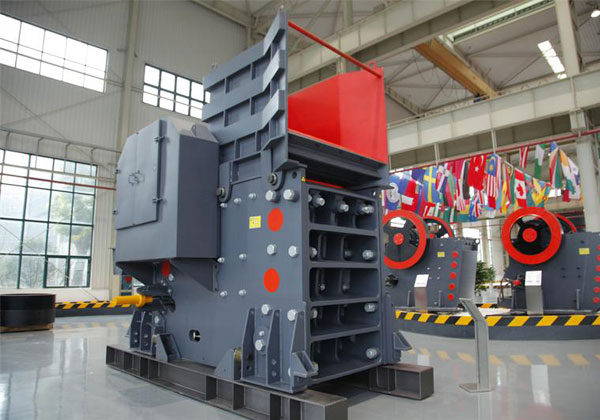how to calculate jaw crusher efficiency
When it comes to optimizing the performance of a jaw crusher, understanding its efficiency is crucial. The efficiency of a jaw crusher is determined by how effectively it processes material relative to its input power. By calculating the efficiency, operators can identify opportunities to improve performance, reduce energy consumption, and minimize operational costs. Here’s a guide to calculating jaw crusher efficiency.
Understanding Efficiency in Jaw Crushers
Jaw crusher efficiency is the ratio of the output material to the energy input required to break the material. It measures the effectiveness of the crusher in converting the power supplied into usable crushed material. Essentially, it compares how much material is processed versus how much energy is consumed.
The efficiency of a jaw crusher is not a straightforward metric but can be evaluated based on several factors like the crusher’s throughput (how much material is crushed per unit of time), the size reduction achieved, and the energy consumed.

Key Factors Influencing Efficiency
-
Feed Size: The size of the material entering the jaw crusher plays a significant role. A larger feed size requires more energy to break down and can reduce efficiency.
-
Crusher Setting: The gap between the jaw plates (also known as the closed-side setting) affects the final size of the crushed material. A tighter setting leads to finer product but can reduce throughput and efficiency.
-
Material Characteristics: The hardness, abrasiveness, and moisture content of the material can affect crusher performance. Softer materials generally require less energy to break, improving efficiency.
-
Speed and Stroke of the Crusher: The operational speed and the stroke of the jaw crusher affect the time the material spends in the crushing chamber. Higher speeds can improve throughput but may reduce efficiency if the material is not being crushed thoroughly.
Calculating Jaw Crusher Efficiency
To calculate the efficiency of a jaw crusher, you need to evaluate the material throughput and the energy input. A common formula used for efficiency is:
Efficiency (%) = (Output Material / Energy Input) × 100
Where:
- Output Material refers to the amount of material that passes through the crusher and meets the required specifications (i.e., particle size).
- Energy Input refers to the power consumed by the crusher (usually measured in kilowatts or horsepower).
Alternatively, another method to measure efficiency is based on the crusher’s capacity factor and power consumption.
Capacity Factor (%) = (Actual Capacity / Theoretical Capacity) × 100
Where:
- Actual Capacity refers to the real throughput achieved by the crusher in terms of tons per hour.
- Theoretical Capacity refers to the maximum possible throughput based on the machine’s design.
This method helps determine how well the crusher is operating compared to its theoretical performance. A capacity factor close to 100% indicates that the crusher is working efficiently.
Factors to Optimize Efficiency
-
Regular Maintenance: Keep the jaw crusher well-maintained. Regularly check the jaw plates, bearings, and other key components to ensure they are not worn out or damaged, which can reduce efficiency.
-
Proper Feed Size: Ensure that the feed material is within the crusher’s recommended size range. Oversized material can cause blockages and increase energy consumption.
-
Adjust Crusher Settings: Fine-tuning the closed-side setting to match the material being processed can significantly improve efficiency. A balanced setting will allow the crusher to achieve optimal size reduction while maintaining high throughput.
-
Minimize Downtime: Reduce downtime by avoiding unnecessary maintenance and repairs. Continuous operation at optimal efficiency is key to keeping production costs low.
Calculating the efficiency of a jaw crusher is vital for maximizing productivity and reducing operational costs. By considering factors like feed size, crusher settings, and material characteristics, you can ensure that the crusher operates at peak efficiency. Whether through theoretical calculations or practical monitoring, improving jaw crusher efficiency leads to better performance, energy savings, and a more profitable operation. Always keep in mind that efficiency is not a one-time measurement but an ongoing effort to optimize processes, materials, and machine settings.
